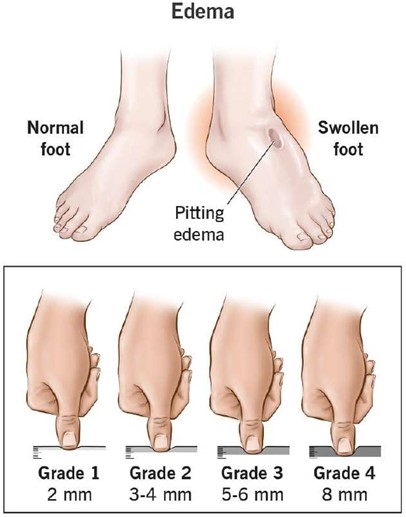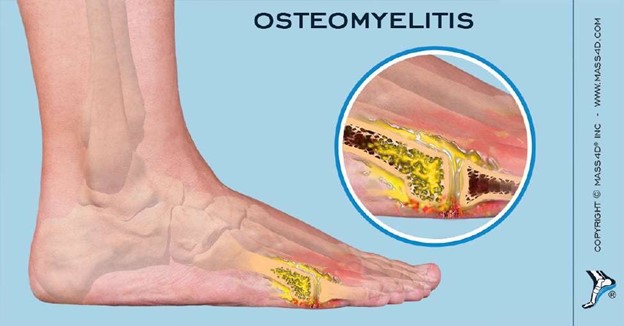A nurse is assessing a school-age child who has heart failure and is taking furosemide.
Which of the following findings should the nurse identify as an indication that the medication is effective?
decrease in peripheral edema.
decrease in cardiac output.
increase in venous pressure.
increase in potassium levels.
The Correct Answer is A
A decrease in peripheral edema is an indication that the furosemide medication is effective.

Furosemide is a diuretic that helps to reduce fluid buildup in the body, including peripheral edema, which is a common symptom of heart failure.
Choice B is wrong because furosemide does not directly decrease cardiac output.
Choice C is wrong because furosemide does not increase venous pressure.
Choice D is wrong because furosemide can actually cause a decrease in potassium levels, not an increase.
Nursing Test Bank
Naxlex Comprehensive Predictor Exams
Related Questions
Correct Answer is A
Explanation

Oral sucrose solution has been shown to have analgesic effects and can help reduce pain and discomfort in infants during procedures such as immunizations.
Choice B is wrong because Use a 20-gauge needle for the injections is not an answer because a 20-gauge needle is larger than the recommended size for infant immunizations.
Choice C is wrong because Apply eutectic mixture of local anesthetics (EMLA) cream immediately before the injections is not an answer because EMLA cream needs to be applied at least 1 hour before the procedure to be effective.
Choice D is wrong because Inject the immunizations into the deltoid muscle is not an answer because the deltoid muscle is not recommended for infants under 12 months of age.
Correct Answer is B
Explanation
Maintaining a patent intravenous catheter is important for administering antibiotics and other medications to treat osteomyelitis.

Choice A is wrong because contact precautions are not necessary for a child with osteomyelitis.
Choice C is wrong because a high-calorie, low-protein diet is not indicated for a child with osteomyelitis.
Choice D is wrong because frequent physical activity may not be appropriate for a child with osteomyelitis due to pain and inflammation 1.
Whether you are a student looking to ace your exams or a practicing nurse seeking to enhance your expertise , our nursing education contents will empower you with the confidence and competence to make a difference in the lives of patients and become a respected leader in the healthcare field.
Visit Naxlex, invest in your future and unlock endless possibilities with our unparalleled nursing education contents today
Report Wrong Answer on the Current Question
Do you disagree with the answer? If yes, what is your expected answer? Explain.
Kindly be descriptive with the issue you are facing.
